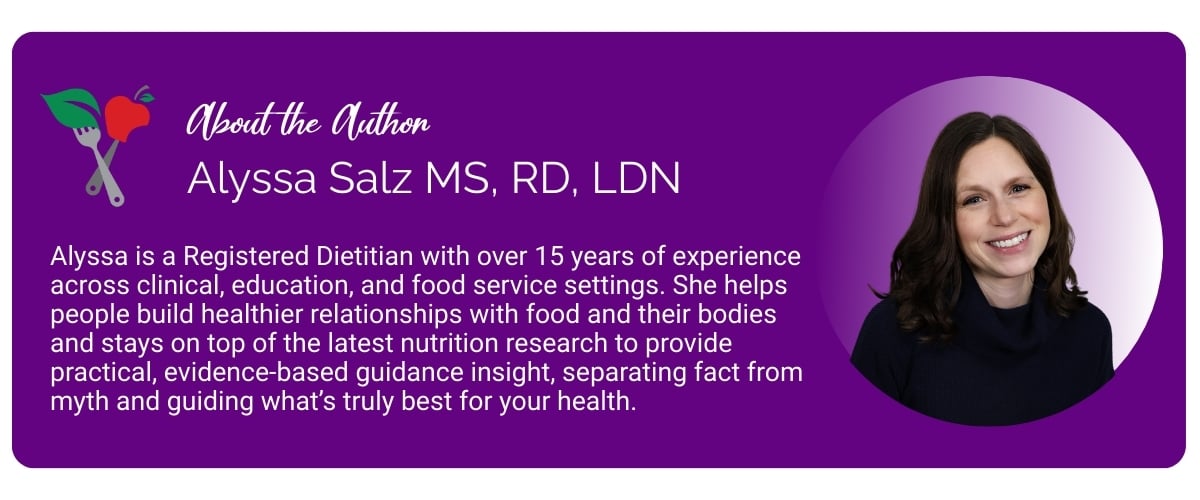Living Healthy with Diabetes and Prediabetes
November marks American Diabetes Awareness Month, a time for us to raise awareness about diabetes prevention, treatment, and risks. According to the CDC's 2023 National Diabetes Statistics Report, over 37 million Americans (just over 1 in 10 people) have diabetes. For adults, the numbers are even more staggering; nearing 1 in 4 is living with diabetes, with rates remaining steady over the past decade.
The good news? Awareness of prediabetes, when blood sugar is higher than normal but not yet diabetes, is improving. Currently, 88 million American adults (about 1 in 3) have prediabetes. Recognizing it early offers a crucial opportunity to make lifestyle changes that can prevent progression to type 2 diabetes. Studies show that adults with prediabetes who participate in a structured lifestyle program, lose 5-7% of their body weight, and get 150 minutes of exercise per week can cut their risk of developing type 2 diabetes by 58%, and even 71% for adults over 60.
Preventing and managing diabetes is vital because type 2 diabetes increases the risk of serious health complications, including heart attack, stroke, kidney disease, blindness, and limb loss. Fortunately, the lifestyle habits that prevent diabetes are the same ones that improve blood sugar control for those already living with it.
Here are 5 Diabetes Healthy Living Tips to help you take control of your health this November and beyond:
Diabetes Healthy Living Tip #1: Up your fiber
YOU have the power to take control and improve your health with the foods you choose! Focus on choosing whole, unprocessed foods as much as possible. Aim to fill your plate with whole fruits, vegetables, beans, legumes, nuts, seeds, and whole grains. The fiber in these foods can improve your blood sugar, reduce your risk of heart disease, and promote a healthy weight.
Food with fiber, particularly soluble fiber, can slow the absorption of sugar and may also reduce the risk of developing type 2 diabetes. Examples of foods with soluble fiber include oat bran, barley, nuts, seeds, beans, and peas. High fiber foods also tend to be more filling, so may lead you to eat less and stay satisfied longer. For every 1,000 calories you eat, aim for 14 grams of fiber.

Diabetes Healthy Living Tip #2: Move More
Want a natural way to lower your blood sugar? Look no further than your walking shoes! Going for a walk or any other activity will get your blood pumping. Your body uses glucose as fuel when you are exercising which naturally brings down high blood sugar. Regular exercise also helps to boost your sensitivity to insulin which helps keep your blood sugar within the normal range. The key here is to find an activity you enjoy and can stick to! Aim for 30 minutes of moderate physical activity every day or at least 150 minutes a week.
Diabetes Healthy Living Tip #3: Reach and MAINTAIN a Healthy Weight
Losing extra pounds, even around only 7%, can reduce the risk of developing diabetes by almost 60%! Reaching a healthy weight requires burning more calories than you take in. Losing weight after a diagnosis of diabetes can also help to improve blood sugar levels and even reduce medications. When focusing on losing weight, it is important to make changes you can stick to for the long-term!
Maintaining a healthy weight is just as important as getting there! Not sure what a healthy weight for you is, check out this website to see what an ideal weight for you would be. When working towards weight loss, a healthy goal is to focus on losing an average of 1-2 pounds a week.
Diabetes Healthy Living Tip #4: Skip Fad Diets
Fad diets may be tempting to try and may help you lose weight initially, but fad diets do not last or work at improving health over the long-term. Following a restrictive diet can also lead to a poor intake of nutrients that are important for overall good health. Fad diets set individuals up for failure. When a diet fails, the dieters may blame themselves and develop a feeling of hopelessness that they are unable to lose weight. This can make it harder to make the healthy changes needed for long-term weight loss.
Focus on a well-balanced diet that includes a lot of colors and a variety of different foods. Seattle Sutton's Healthy Eating provides the tools and resources needed for long-term success, with no fads or gimmicks!
Diabetes Healthy Living Tip #5: Cut Out Sugary Drinks
Sugary drinks such as soda, sweetened teas, fruit punch, lemonade, energy drinks, and sports drinks account for the largest source of added sugars in the U.S. diet. There are between 7 and 10 teaspoons of sugar in a typical can of soda!! Sugary drinks provide no nutrition to the diet with many calories, making them some of the worst things you can drink for your health.
Drinking 1-2 cans or more of a sugary drink per day increases the risk of developing diabetes by 26%. In the Framingham Heart Study, men and women who had one or more soft drinks per day were 25% more likely to have trouble managing their blood sugar. If you like carbonation, try sparkling water or seltzer instead of soda. If you don't like water and need something with a little more flavor, add a splash of 100% fruit juice, sliced fruits or cucumbers, or fresh herbs to add some flavor to your water. Unsweetened tea and coffee without added sweeteners are healthy choices too.

Who Should Get Tested?
The American Diabetes Association recommends blood sugar testing if you:
- Are overweight or obese
- Are 45 years or older
- Have a parent or sibling with type 2 diabetes
- Are physically active less than three times a week
- Have a history of gestational diabetes or giving birth to a baby who weighed more than 9 pounds
- Are African American, Hispanic/Latino American, American Indian, Pacific Islander, or Asian American
If you are curious if you may have prediabetes you can also visit, www.doihaveprediabetes.org, to take an online assessment powered by the American Diabetes Association to determine your risk and get personalized tips for lifestyle changes.
For the last 40 years, Seattle Sutton's Healthy Eating has helped thousands of people manage type 2 diabetes, lose weight, reduce medications, and live healthier lives without the stress of meal planning, shopping, or cooking. If you're looking for a structured, sustainable approach to improve blood sugar control and overall health, we can help you reach your goals.








 Weight Loss
Weight Loss Health & Wellness
Health & Wellness Diabetes
Diabetes Heart Health
Heart Health Motherhood & Family
Motherhood & Family Dietary Restriction
Dietary Restriction Other Health Conditions
Other Health Conditions About SSHE
About SSHE


